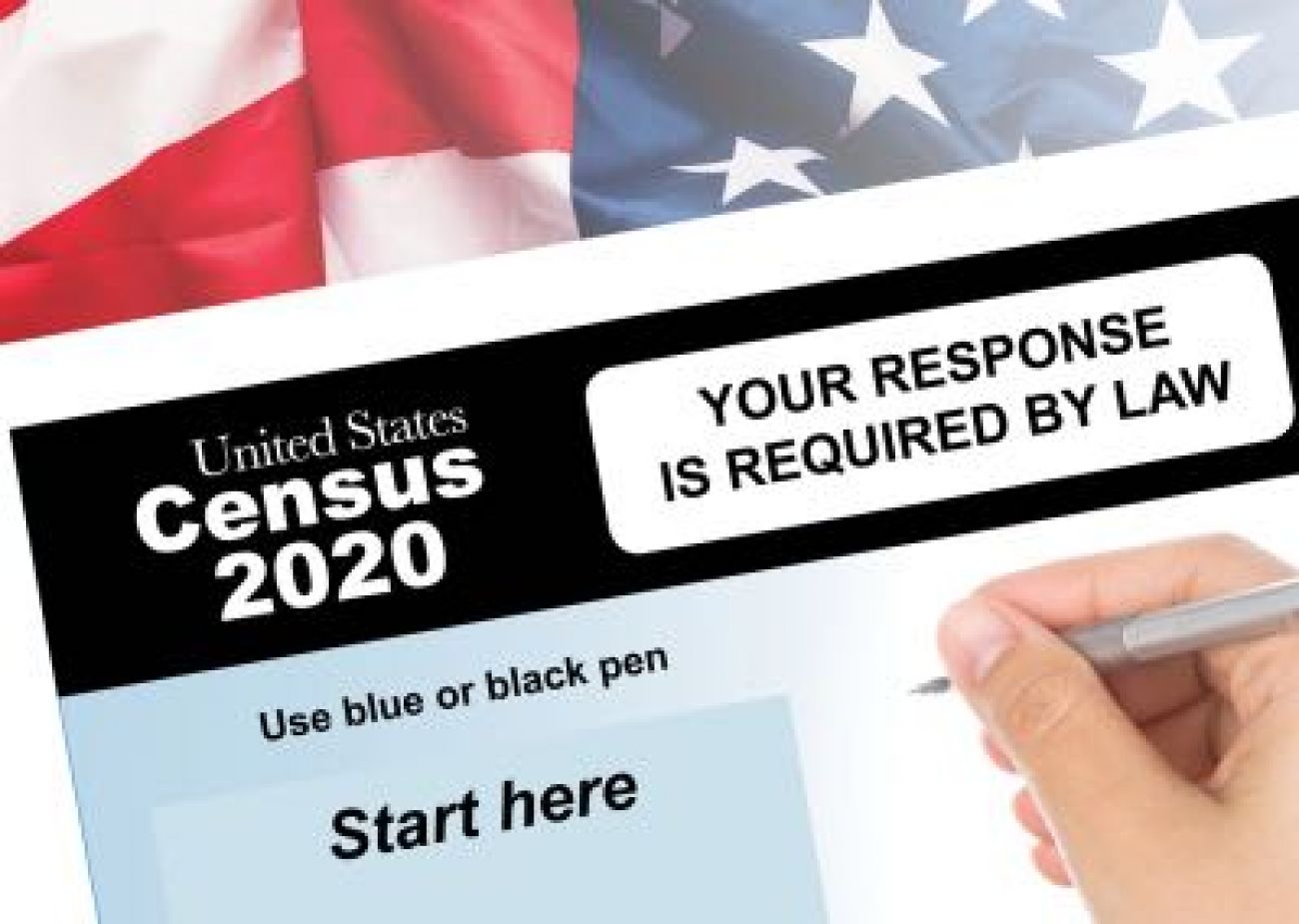Kurt Metzger | The Census is coming. Racial controversy is never far behind

The census is as old as America. And so are controversies about it.
Indeed, the history of the census in the United States charts the relationship between the government and its citizenry, ideas about race and identity, in what makes an individual an American – and all the ways a person can count.
Censuses occur amid internal and external crises, shifts in cultural interests and events that become "defining moments" for each generation. Census data reflect the growth of the population as well as the changing values and interests of the American people.
So perhaps it’s no surprise that, as the decennial count begins April 1, questions remain about the census’ treatment of race, particularly as it relates to those of Middle Eastern or Arab American descent, whose population is estimated at some 500,000 in Michigan.
Despite efforts by community leaders to include a MENA category — Middle Eastern North African — in this year’s count, the U.S. Census Bureau will continue to identify those residents as whites or “other,” unless they write in their ethnicity.
Arab American leaders are disappointed, saying the decision marginalizes them and could cost their communities a fair share of the $1.5 trillion in federal funds allocated to local and state governments. It’s not the only issue involving race in the history of the census, as categories have evolved and definitions changed from year to year in accordance with social trends.

Early Census forms were short and simple, gathering only basic demographic data. Over the years, the census expanded to include more questions, as the country itself expanded and the population grew and became more diverse. The 2020 Census questionnaire will replicate that of 2010 (and be similar to the early census forms) in being the shortest in history – nine questions covering household relationship, age and date of birth, gender, race, Hispanic origin and housing tenure (owned or rented). Information regarding educational attainment, employment, place of birth, number of rooms, housing value, etc. is collected through the American Community Survey, a separate ongoing count by the U.S. Census Bureau.
Since the first census in 1790, the U.S. Census Bureau has collected data using a census "schedule," also called a "questionnaire." Between 1790 and 1820, U.S. marshals conducting the census were responsible for supplying paper and writing-in headings related to the questions asked (i.e., name, age, sex, race, etc.). In 1830, Congress authorized the printing of uniform schedules for use throughout the United States.
The first census sorted population into “free white males and females,” “other free persons” and “slaves.” By 1860, there were separate questionnaires for enslaved and free inhabitants. The race options for both were “White,” “Black” and “Mulatto.” By 1870, all “slave” questions were eliminated and “Chinese,” (covering all East Asians) and “American Indian” were added to the race question. [It took 80 years from the first census to acknowledge those who settled our country.] During the Jim Crow era, the census was used to identify specific levels of African ancestry or “black blood.” The 1890 census did so by adding the categories of “Quadroon” and “Octoroon.” “Japanese” was also added.
The 1910 Census added an “Other Race” option. In 1930, the Census Bureau added “Filipino,” “Hindu” (which disappeared in 1950) and “Korean,” as well as “Mexican” (which disappeared in 1940). Statehood for Alaska and Hawaii in 1959 brought additions to the race question in 1960 — “Hawaiian,” “Part Hawaiian,” “Eskimo” and “Aleut.” The 1970 Census retained only the “Hawaiian” category.
More Bridge coverage of the Census:
The 1980 Census brought the large changes to the race question by bringing back “Eskimo” and “Aleut,” and adding “Vietnamese,” “Asian Indian,” “Samoan” and “Guamanian.”
In 1950, the U.S. Congress passed a law making the people of Guam American citizens. Guam is not a state but is a U.S. territory.
For most censuses, people had to select a single racial or ethnic category to define themselves. In 2000, for the first time, people were allowed to self-identify with one or more races, an acknowledgement of America’s growing multiculturalism. Another first for the 2000 census was the inclusion of a separate question on Hispanic or Latino ancestry. Not considered a race itself, respondents who answered “Yes” were asked to declare whether “Mexican,” “Puerto Rican,” “Cuban,” or “Other Spanish.”
The 2020 Census will continue separate “Latino” and “Race” questions, allow for multiple race entries and allow those who answer “White” or “African American” to write in an ethnicity (Irish, Lebanese, Haitian, Nigerian, etc.), Native Americans to write in an enrolled tribe, Asian and Pacific Islanders to detail a category not already listed (Pakistani, Cambodian, Tongan, Fijian, etc.), and those who identify with a totally different race to write that in as well
See what new members are saying about why they donated to Bridge Michigan:
- “In order for this information to be accurate and unbiased it must be underwritten by its readers, not by special interests.” - Larry S.
- “Not many other media sources report on the topics Bridge does.” - Susan B.
- “Your journalism is outstanding and rare these days.” - Mark S.
If you want to ensure the future of nonpartisan, nonprofit Michigan journalism, please become a member today. You, too, will be asked why you donated and maybe we'll feature your quote next time!




